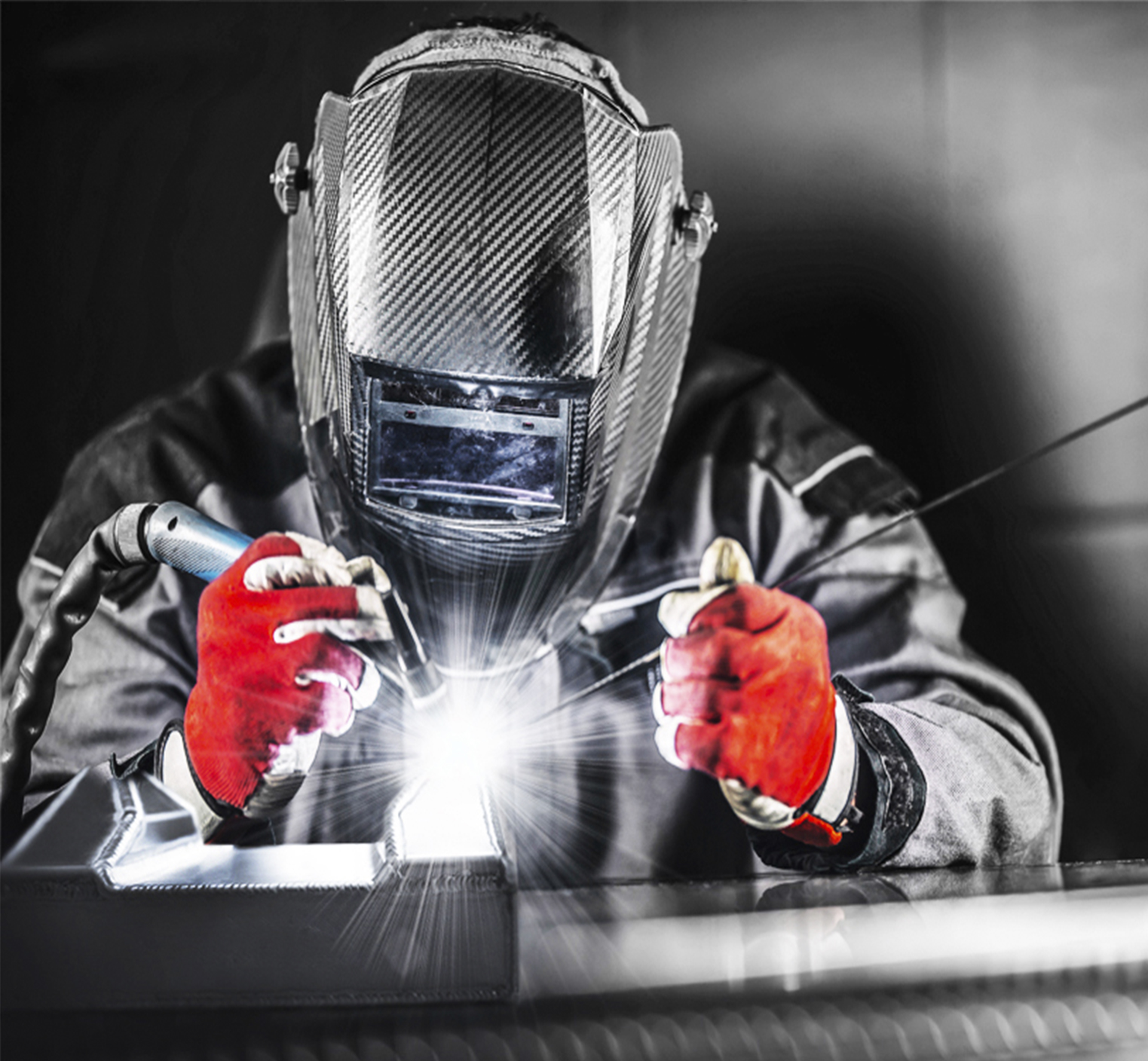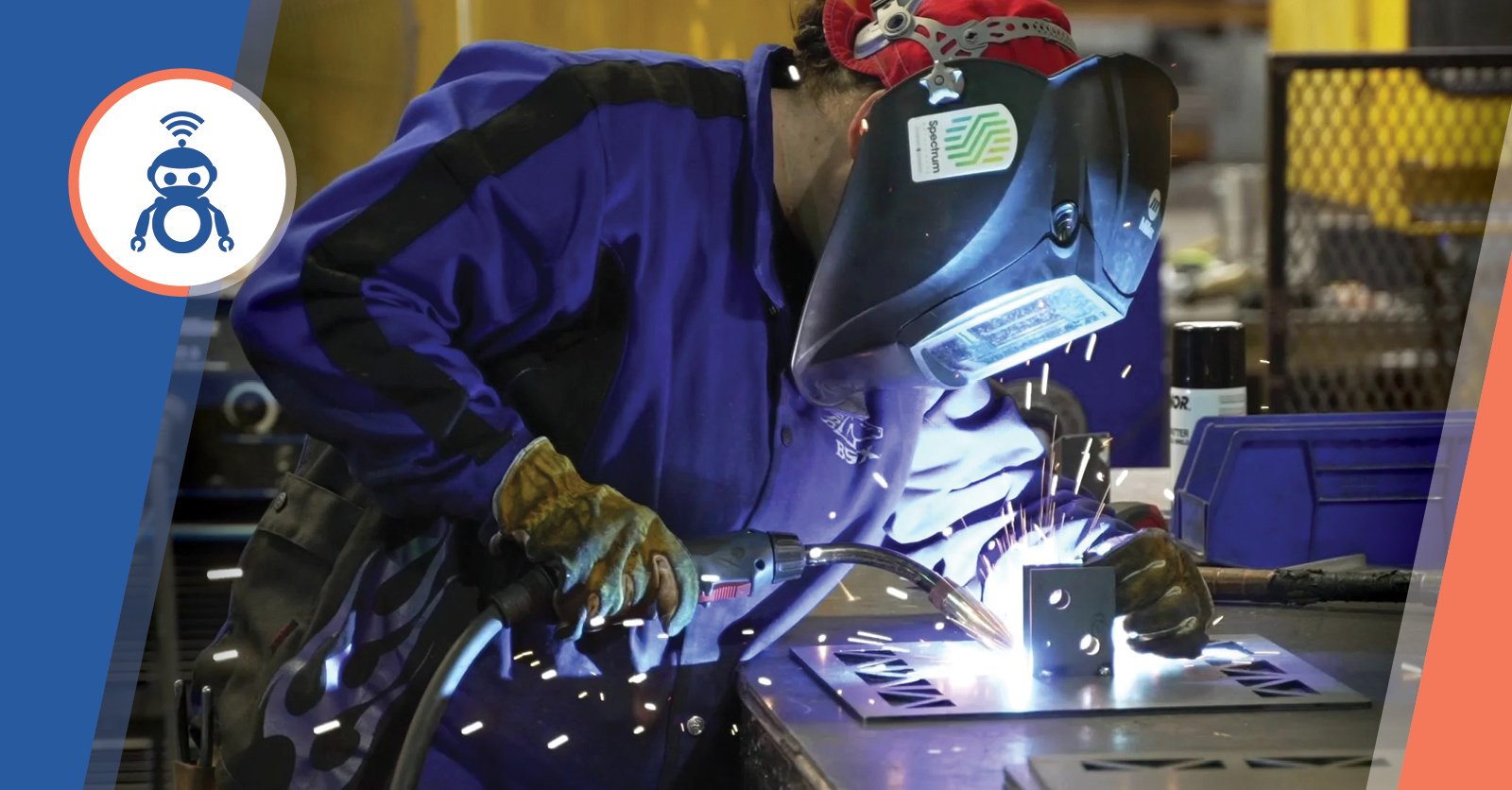Common Welding Repair Service Issues and Just How to Address Them Successfully
Welding repair services commonly come across a variety of problems that can endanger the stability of the final item. Usual troubles consist of insufficient infiltration, porosity, and imbalance, to name a few. Each flaw provides distinct challenges that call for certain techniques for resolution. Understanding these issues is vital for welders aiming to enhance their end results and abilities. This conversation will certainly explore these typical welding repair work problems and reliable approaches to resolve them.
Inadequate Infiltration
Poor infiltration occurs when the weld metal stops working to totally fuse with the base material, resulting in weak joints and possible architectural failures. This issue typically comes from insufficient warmth input, wrong electrode angle, or improper welding rate. Welders might experience poor penetration because of a mistake of the essential criteria for a particular material density or type. Additionally, contamination on the base material's surface area can prevent effective bonding, aggravating the issue. To attend to poor infiltration, welders should guarantee ideal settings on their tools and preserve a clean job surface. Regular assessment of welds is recommended to identify any deficiencies early, enabling prompt corrections and the prevention of jeopardized structural honesty in welded assemblies.
Porosity
Porosity is a typical defect in welded joints that materializes as small gas bubbles caught within the weld metal. This defect can jeopardize the honesty of the weld, resulting in lowered stamina and potential failure under stress and anxiety. Belgrade Fabrication. Porosity commonly occurs from contamination, dampness, or incorrect welding strategies, which enable gases to get away into the liquified weld pool. To attend to porosity, welders ought to guarantee correct surface area prep work, keep a clean functioning atmosphere, and utilize appropriate welding specifications. Additionally, selecting the appropriate filler product and protecting gas can minimize gas entrapment. Normal examination and screening of welds can aid recognize porosity early, assuring timely corrective activities are taken, consequently maintaining the quality and dependability of the welded framework
Imbalance
Misalignment in welding can occur from numerous aspects, consisting of inappropriate setup and thermal expansion. Comprehending the origin triggers is vital for reliable resolution. Numerous modification methods are readily available to realign elements and guarantee architectural integrity.
Root causes of Misalignment
Welding imbalance typically stems from a variety of underlying problems that can endanger structural honesty. One main cause is inappropriate fit-up of elements prior to welding, which can result in gaps and irregular surface areas. Variations in thermal expansion throughout the welding process can also result in distortion, specifically if the materials being signed up with have different coefficients of expansion. Furthermore, insufficient clamping and fixturing might stop working to hold parts safely in position, causing activity throughout welding. Inadequately conserved devices, including welding equipments and devices, might present inconsistencies in the weld grain, additional contributing to imbalance. Operator error, stemming from insufficient training or experience, can also play a substantial role in producing misaligned welds.

Improvement Methods Offered
Dealing with misalignment effectively requires a combination of restorative methods customized to the particular problems at hand. One typical technique is using components or jigs to hold elements in the correct placement throughout welding, making certain constant positioning. In addition, preheating the products can assist decrease distortion and enhance fit-up. For considerable imbalance, mechanical adjustment strategies, such as utilizing hydraulic jacks or clamps, can be utilized to correct the position prior to welding. Post-weld warm therapy may also be necessary to relieve tensions triggered by misalignment. Lastly, cautious evaluation and adjustment during the arrangement phase can stop imbalance concerns from coming to be significant problems, promoting a smoother welding process and improving total structural integrity.
Distortion
Distortion is a typical challenge in welding that can arise from different factors, consisting of uneven cooling and heating. Comprehending the root causes of distortion is important for carrying out effective avoidance techniques. Resolving this issue not just boosts structural integrity but likewise enhances the overall top quality of the weld.
Causes of Distortion
When based on the extreme warmth of welding, products usually undergo modifications that can lead to distortion. This sensation primarily occurs from thermal growth and tightening throughout the welding process. As the weld area warms up, the material expands; upon air conditioning, it acquires, which can develop interior stresses. Additionally, irregular heating across a workpiece can worsen these tensions, leading to bending or bending. The kind of product additionally plays a significant duty; steels with differing thermal conductivity and coefficients of growth may react in different ways, bring about uncertain distortions. Additionally, bad joint layout and insufficient fixturing can contribute to misalignment during welding, raising the probability of distortion. Recognizing these causes is vital for efficient welding repair why not check here work and avoidance methods.
Prevention Techniques
Reliable prevention strategies for distortion during welding focus on regulating warm input and making certain correct joint style. Preserving a regular heat input aids to decrease thermal expansion and contraction, which can result in distortion. Making use of techniques such as pre-heating the workpiece can likewise lower the temperature level gradient, promoting uniform home heating. In addition, selecting suitable joint styles, such as T-joints or lap joints, can boost stability and minimize stress concentrations. Carrying out appropriate fixturing to safeguard the work surfaces in area further help in maintaining placement throughout the welding process. Staggered welding series can distribute warm extra uniformly, preventing local distortion. By using these strategies, welders can greatly lower the probability of distortion and enhance the overall quality of their welds.
Fracturing
Splitting is a typical concern encountered in welding repairs, usually resulting from various aspects such as improper cooling rates, material choice, or insufficient joint preparation. The incident of fractures can considerably endanger the stability of the weld, leading to potential failures during procedure. To resolve this concern, welders need to initially assess the source, ensuring that materials work and properly picked for the certain application. In addition, managing the cooling rate during the welding process is crucial; rapid cooling can cause stress and anxiety and cause cracking. Correct joint style and preparation likewise contribute to minimizing the threat. Executing these methods can improve weld top quality and longevity, inevitably lowering the probability of splitting in ended up weldments.

Insufficient Blend
A significant issue in welding repair work is insufficient blend, which happens when the weld steel does not appropriately bond with the base material or previous weld passes - Belgrade Welding. This defect can result in weaknesses in the joint, potentially compromising the stability of the bonded structure. Aspects adding to incomplete fusion consist of insufficient heat input, incorrect welding method, and contamination of the surfaces being signed up with. To address this concern properly, welders should guarantee proper pre-weld cleansing and surface area preparation, as well as change their welding specifications to attain adequate penetration and combination. Routine special info assessment throughout the welding procedure can additionally help identify incomplete blend early, enabling prompt rehabilitative actions to enhance the overall quality of the weld
Overheating
While welding repair services can boost architectural stability, overheating provides a substantial obstacle that can cause product degradation. Excessive heat throughout welding can modify the mechanical residential or commercial properties of metals, causing minimized toughness, boosted brittleness, and bending. This sensation is particularly crucial in high-stress applications where structural dependability is extremely important. Identifying overheating can include visual assessments for discoloration or distortion, as well aws qc1 as keeping track of temperature level throughout the welding procedure. To reduce the dangers connected with getting too hot, welders should use ideal strategies, such as managing heat input, adjusting traveling speed, and utilizing ideal filler products. Furthermore, applying pre- and post-weld warm treatments can assist bring back material properties and boost the general high quality of the fixing, ensuring long-term performance and security.
Regularly Asked Inquiries
What Are the Usual Indicators of a Welding Issue?

Just How Can I Test My Welds for Top quality?
To test welds for high quality, one can make use of visual examinations, ultrasonic screening, and radiographic methods. Each method guarantees structural integrity, identifies problems, and verifies adherence to defined standards, inevitably boosting the dependability of the bonded joints.
What Safety and security Preventative Measures Should I Take While Welding?
When welding, one should prioritize safety and security by wearing suitable personal protective equipment, making certain proper ventilation, protecting flammable products away, maintaining a tidy office, and knowing surroundings to protect against injuries and mishaps.
Can I Repair a Weld Without Renovating the Entire Joint?
Repairing a weld without renovating the entire joint is feasible, relying on the damages (Montana Mobile Welding and Repair Belgrade). Methods such as grinding, including filler material, or making use of a welding process can efficiently deal with particular flaws while maintaining the bordering structure
What Tools Are Vital for Reliable Welding Repairs?
Important devices for reliable welding repair services include a welding device, cable brush, mill, safety equipment, clamps, and filler products. Each tool plays a vital duty in ensuring high quality and safety and security throughout the repair service procedure. Porosity usually occurs from contamination, moisture, or incorrect welding techniques, which allow gases to run away right into the liquified weld swimming pool. Inadequately kept tools, including welding equipments and tools, may present variances in the weld bead, more adding to imbalance. When subjected to the intense warmth of welding, products usually undergo modifications that can lead to distortion. Breaking is a typical problem run into in welding repair work, commonly resulting from numerous factors such as incorrect cooling prices, product choice, or insufficient joint preparation. A substantial issue in welding repairs is incomplete blend, which takes place when the weld metal does not effectively bond with the base product or previous weld passes.
Comments on “Causes of weld porosity and how Belgrade Welding fixes them”